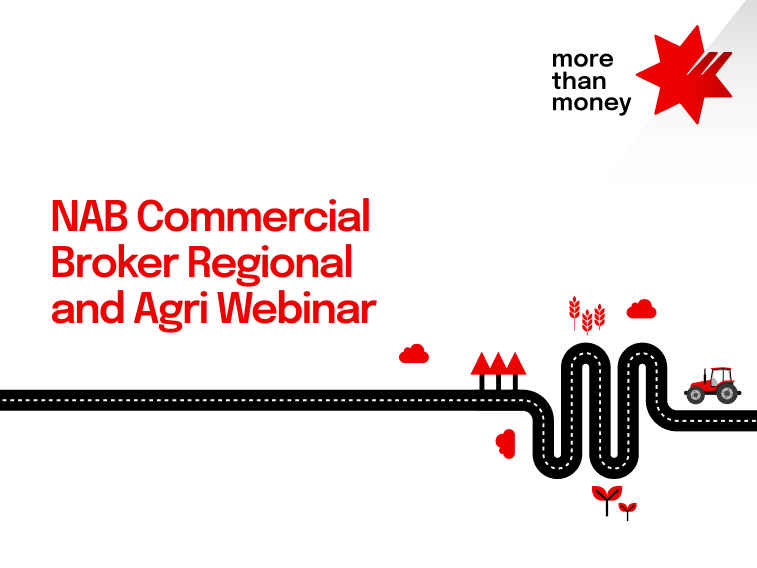An exclusive webinar to help you deliver the best outcomes for your R&A business. Watch now.


Webinar
New ways of looking at family farm succession are paying dividends. Here’s how to put them into practice – and why the time to start is now.

It’s not hard to see why. The farming population is ageing – data from the last two censuses show the median age of a farm owner/operator in 2016 was 56, up from 51 in 2011. And in 2011, almost a quarter of farmers were aged over 65, compared to just three per cent of people in other occupations.
Not only that, but 95 per cent of Australian broadacre and dairy farms are family businesses, owned by the operator and their relatives, according to Australian Bureau of Agricultural and Resource Economics and Sciences (ABARES) data. This ratio has been consistent for the past 30 years despite the declining number of actual farms. As such, most Australian farms are a family legacy, so there is a desire from farming sons and daughters to have genuine input and involvement in their running.
This succession challenge is one all farming families should be tackling, and these conversations should start now to prevent disharmony down the line and protect the family legacy.
The positive news is that current farm owners, particularly those in their 50s and 60s, are open to, or in many cases are initiating, these new succession plans.
“Most of the calls I get are from people in their 60s,” says Mark Scanlon, Director of agri succession planning firm Next Rural.
“One of the biggest changes in the last 10 years is that the current farming generation are willing to put in place succession plans. They can remember back to when they were in their 40s and how hard they had to push their parents. They have a different mindset.”
When planning for agricultural succession, Paparella says to “start with the human”, to work out what is fair to everyone, before contemplating specifics.
“You need to consider the what, the when and the how,” he says. “For example, how do we preserve the legacy of the farm but also make sure the off-farm siblings are looked after?”
This means considering factors like:
In a research paper, Succession planning – the dos and don’ts of family succession, the Grains Research and Development Corporation (GRDC) points out there are two different aspects to consider: succession, which is control and ownership of the business, and estate transfer, which is the fixed assets.
Nowadays, Scanlon sees many cases where on-farm and off-farm siblings start the transition process before parents pass away.
Firstly, this allows the on-farm siblings to have some security and control of their future. Secondly, it’s fairer for off-farm siblings, who may want to have input into the management of their future entitlements even if they’re not involved on the operational side. Or they may want to cash out their portion of the estate earlier.
Thirdly, it allows parents a wider range of options for their retirement – one example might be using money from the farm to buy them a house in town and pay them an annual annuity.
A structure and funding for some of these arrangements might include those remaining on the farm borrowing money to buy out some equity from off-farm children. Or the parents and children remaining as joint owners and receiving regular dividends from the farm’s profits. An arrangement like this may include a family board, including off-farm siblings, Scanlon explains, which functions in a similar way to a corporate board with meetings and agendas to make key strategic decisions.
Other models are popping up as well. Quite often, Scanlon sees arrangements that allow children to “create their own legacy” by using part of the property to set up their own autonomous farming or other operation, usually either by leasing part of the land or buying it out. Or, as Paparella points out, with land values rising, there’s a lot of interest in buying out neighbouring farms to expand operations.
Whatever you decide around succession, the key is to start early so plans are agreed in advance. Otherwise, warns Paparella, if you wait until the current generation passes away, it can cause much disagreement and disharmony.
When planning for succession, it’s also important to obtain advice around issues like tax, trusts and land ownership. Some considerations that Paparella suggests discussing include:
To get started, families should talk to their banker, legal adviser, accountant and financial planner to cover various aspects of succession.
Both Paparella and Scanlon say any adviser should be in a position to provide fair and independent guidance. And Paparella reiterates the need to act promptly.
“Do it now, because I have seen so many leave it until the death of their parents, and it brings all kinds of issues to the surface,” he concludes.
© National Australia Bank Limited. ABN 12 004 044 937 AFSL and Australian Credit Licence 230686.